Optimal Timing for Concrete Pouring
Concrete pouring is a critical phase in construction projects, requiring careful consideration of environmental and material conditions. The optimal time for pouring concrete ensures maximum strength, durability, and proper curing. Factors influencing the timing include weather conditions, temperature, and humidity levels. Proper timing minimizes the risk of cracks, improper setting, and other issues that can compromise the integrity of the finished structure.
Concrete should be poured when ambient temperatures are between 50°F and 85°F to ensure proper setting and curing.
Avoid pouring during rain, extreme heat, or freezing conditions to prevent adverse effects on concrete strength and curing.
Spring and fall often provide the most stable conditions for concrete pouring, with moderate temperatures and lower humidity.
Early morning or late afternoon is preferable to avoid the peak heat of midday, which can cause rapid drying.
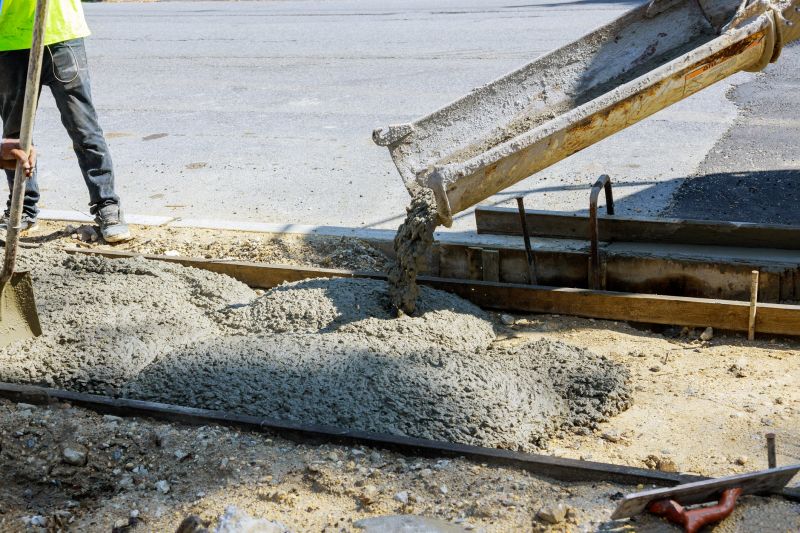
Ways to make Concrete Pourings work in tight or awkward layouts.
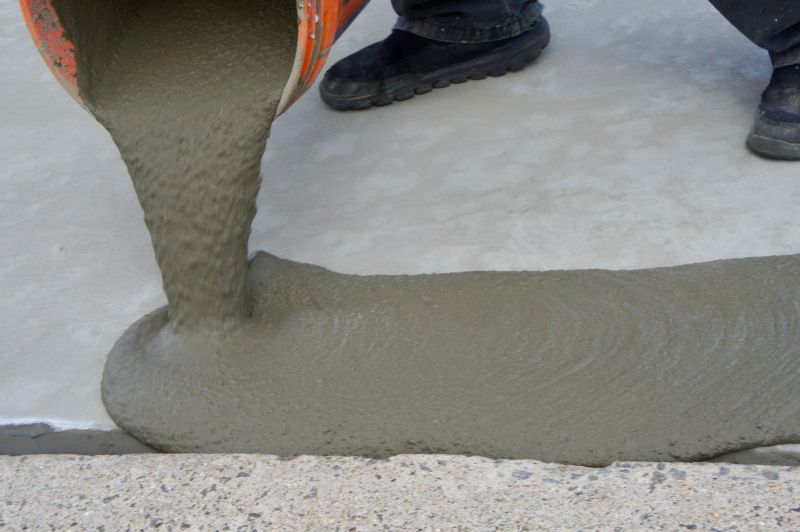
Popular materials for Concrete Pourings and why they hold up over time.
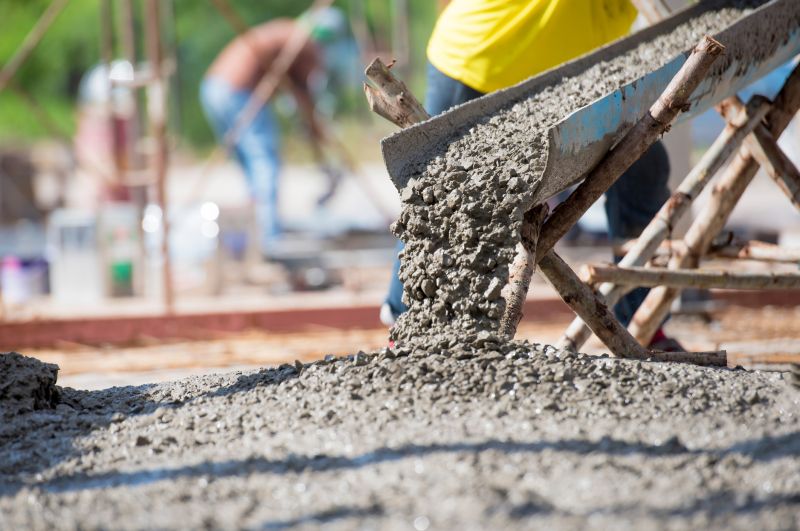
Simple add-ons that improve Concrete Pourings without blowing the budget.
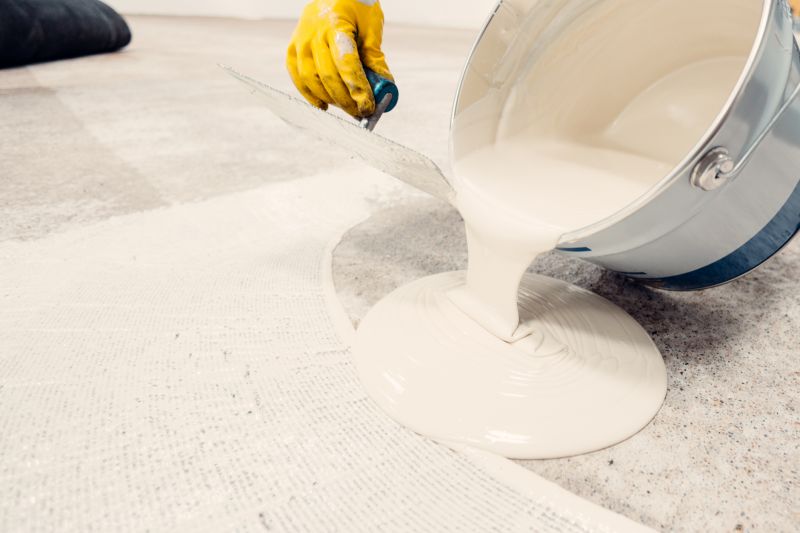
High-end options that actually feel worth it for Concrete Pourings.
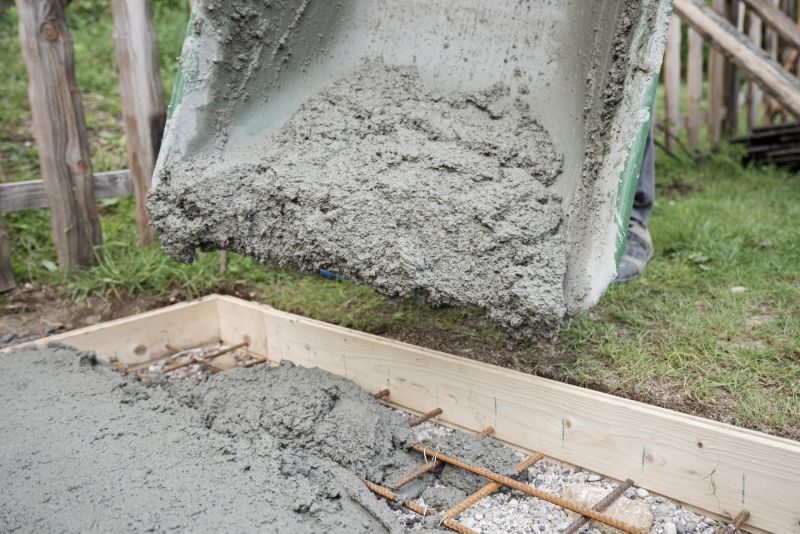
Finishes and colors that play nicely with Concrete Pourings.

Little measurements that prevent headaches on Concrete Pourings day.
Concrete pouring involves placing a mixture of cement, water, aggregates, and admixtures into formwork to create structural elements. The process requires precision to ensure the mixture is properly compacted and finished. Proper timing enhances the concrete’s workability and curing process, leading to a durable and long-lasting structure. Statistical data indicates that improper timing can lead to up to 30% reduction in concrete strength and increased cracking risk.
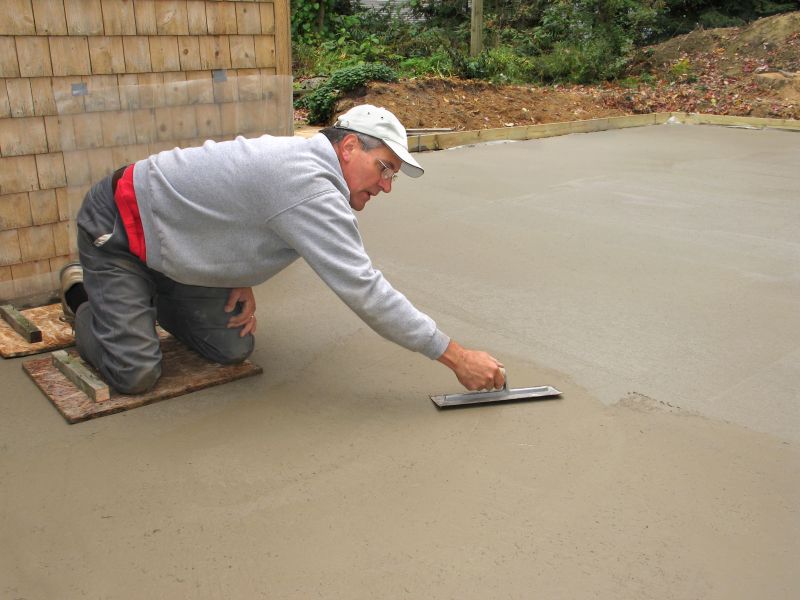
A 60-second routine that keeps Concrete Pourings looking new.
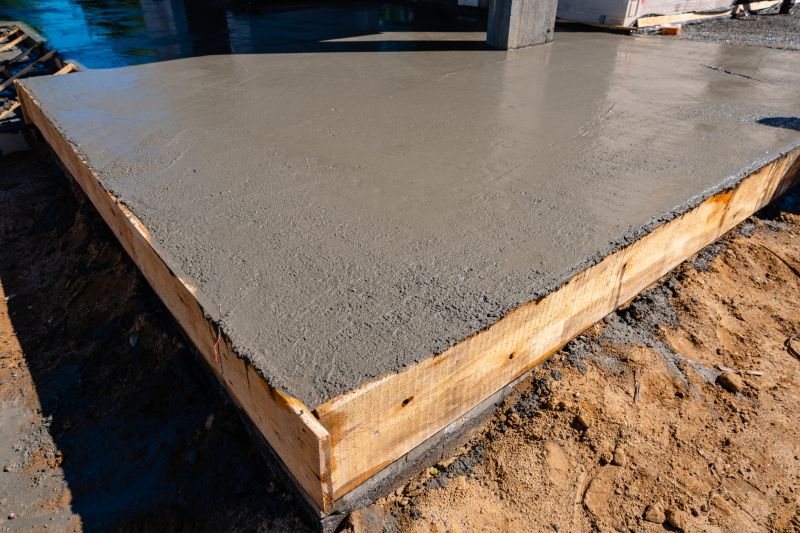
A frequent mistake in Concrete Pourings and how to dodge it.

Small tweaks to make Concrete Pourings safer and easier to use.
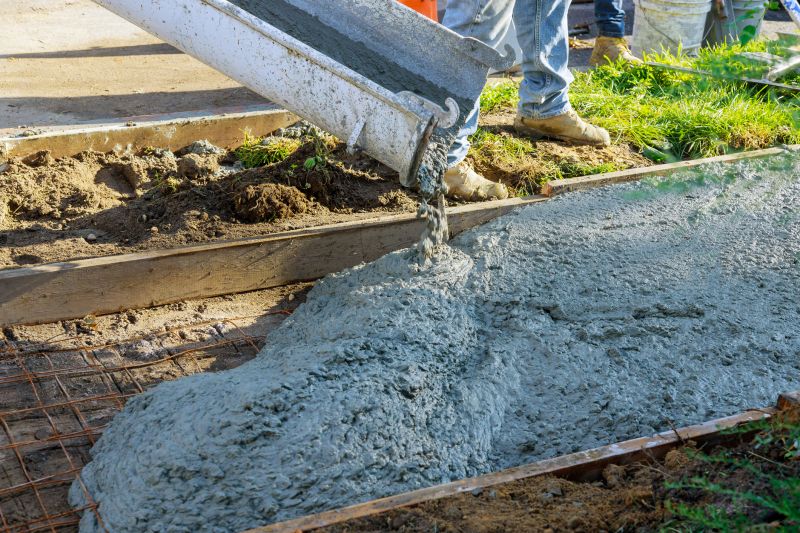
Lower-waste or water-saving choices for Concrete Pourings.
| Factor | Optimal Conditions |
|---|---|
| Temperature | 50°F to 85°F |
| Humidity | 40% to 60% |
| Rain | Avoid during pouring |
| Wind | Low wind conditions preferred |
| Time of Day | Early morning or late afternoon |
| Season | Spring and fall |
| Weather Stability | No forecast of rain or extreme temperatures |
| Concrete Curing Time | At least 7 days for full strength |
Scheduling concrete pours during periods of stable weather and moderate temperatures is crucial for achieving optimal results. Proper planning and monitoring can significantly reduce risks associated with environmental factors. Ensuring conditions are suitable enhances the durability and longevity of the structure, making timing a key consideration in concrete projects.
Interested in scheduling a concrete pour or learning more about timing strategies? Filling out the contact form can provide tailored guidance and support for upcoming projects.
